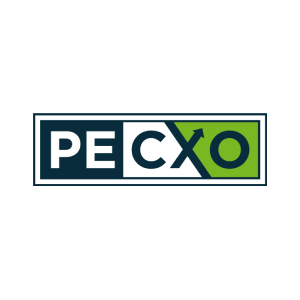Pricing is among the most direct and potentially lucrative value-creation levers private equity portfolio companies have at their disposal.
Based on information from D&B Hoovers and an analysis by McKinsey & Company, a 1.0% pricing improvement translates to a 6.0% increase in EBITDA for the typical midsize U.S. company.
Meanwhile, an equivalent improvement in variable costs, fixed costs, or volume translates to EBITDA increases of 3.8, 1.1 and 2.1%, respectively.
Pricing improvement has an outsized impact on profitability compared to other common tools for margin expansion and companies with a track record of successful pricing innovation tend to trade at higher multiples.
Yet despite these benefits, pricing strategy remains an underutilized means of value creation across private equity. While slashing fixed costs or expanding sales volume often remain top priorities throughout the hold, research indicates PE professionals and portfolio company operators often hesitate to dedicate a similar focus to pricing.
To better understand this disconnect, McKinsey surveyed 106 PE operating and investing partners and portfolio company CFOs/COOs across Europe and the U.S. Participants were asked to cite their top three obstacles to promoting margin expansion through pricing.
- 63% of survey respondents cited risk of competitive response.
- 48% cited weak commercial capabilities.
- 47% cited the risk of customers deciding not to purchase.
Note that two of the top three most-commonly cited obstacles were driven by fear — many respondents assume any benefit in altering price would be outweighed by the risk of existing or future customer loss....
